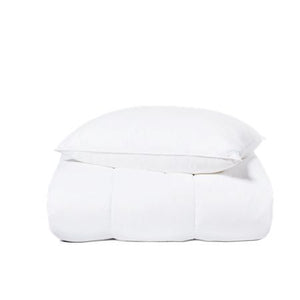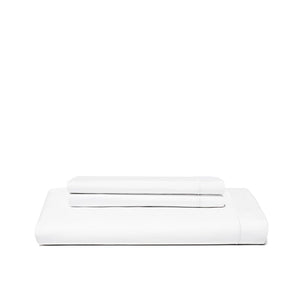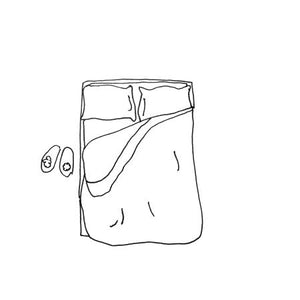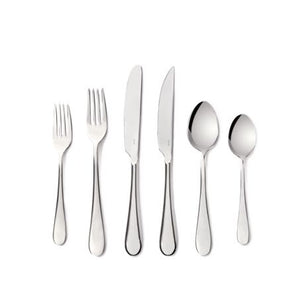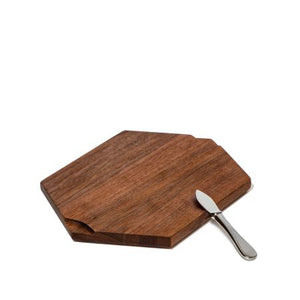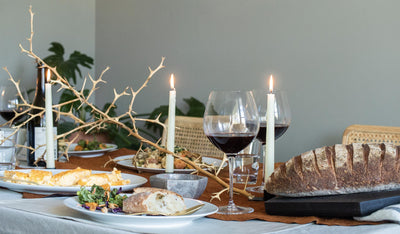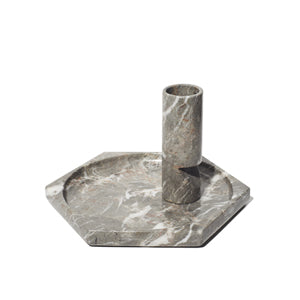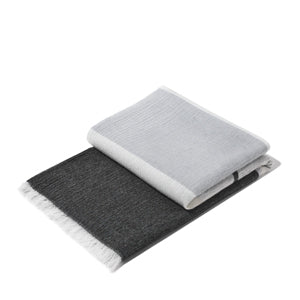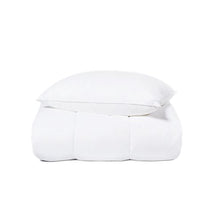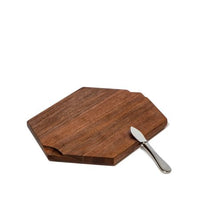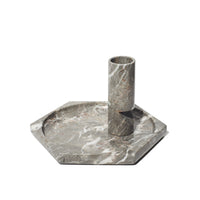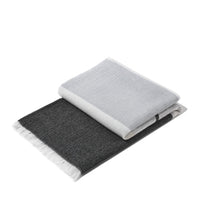
Don’t be fooled. If you’ve been doing it all wrong or (even worse) not been doing it at all, our illustrated guide will put you on the path to making a real martini.
...
In a way, a martini is a blank canvas. Clean. Simple. Malleable to the proclivities of the kind of folks who favor it—sophisticated thinkers who also love to have a good time. “Martinis are the only American invention as perfect as a sonnet,” says H. L. Mencken. He ain’t wrong. The form bends to the drinker’s whims—the twist of a lemon, shaken or stirred, a heavy-handed splash of vermouth.
The recipe is simple, but not necessarily easy. It’s takes a Dorothy Parker level-of deftness to make a good martini. Most people aren’t Dorothy Parker. Plus there’s a good bit of debate over what a martini is. Purists don’t accept vodka. The ratio was originally one to one, vermouth to gin, but since the late 19th century, people care a lot less about the vermouth. If it has a cocktail onion, it’s a Gibson. If it contains white vermouth, it’s a dry martini. Blending dry and sweet vermouth, that’s technically a “perfect martini.” The zest is classic, but we’ll allow you an olive or three. And a dirty martini isn’t a martini—that’s an abomination.
Here’s our favorite variant. . . and a slacker version for when you are in desperate need.

Step 1: Crack Your Ice.
You want ice with maximum surface area and crags to chill your booze as swiftly as possible. Ideally, you handle this by cracking your ice with a proper mallet and 18th-century approved Lewis ice bag. If you’re short on these supplies, use an extra large ice cube and crack it with the back of a spoon.

Step 2: Combine your spirits.
Pour those perfectly cracked cubes into your shaker along with one ounce of dry vermouth and four ounces of gin. Be sure you pair your combo thoughtfully, so you don’t overpower a delicate gin with too much vermouth-y goodness.

Step 3: Stir and strain.
James Bond be damned, you’ll want to stir with a long bar spoon. Don’t touch the glass during this process, as your hot hands will only undo your cubes good work. Use a strainer that fits your mixing vessel and get ready to pour.

Step 4: Serve and sip.
For extra credit, coat your glass in vermouth but then toss out the remaining liquid before pouring in the mixture. Once you’ve got it in your perfect martini glass, it’s time to garnish. To create that perfect lemon twist, slice off an inch of the peel, leaving a bit of the white pith. Squeeze the peel over the drink to release some oils, then give it a quick wipe around the rim for additional flavor. Drop into the drink so it gently floats on top. Or do just that last part with an olive.
Alternatively, if you are in rush, get those alcohol components over something cold, shake, strain, and focus on cultivating a 50s ad-man worthy buzz.

